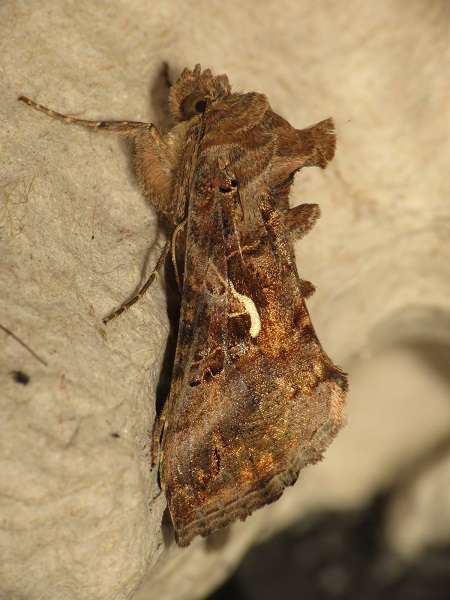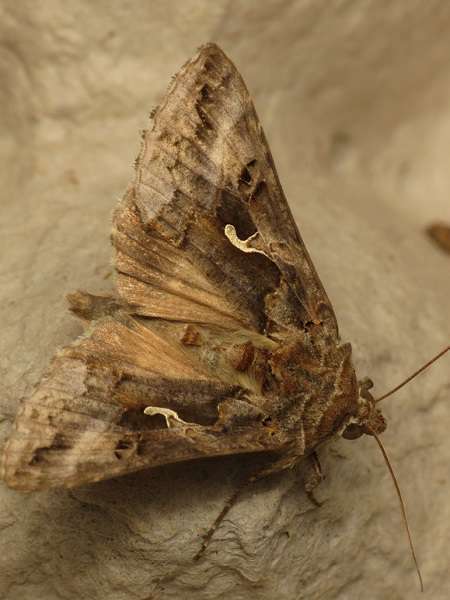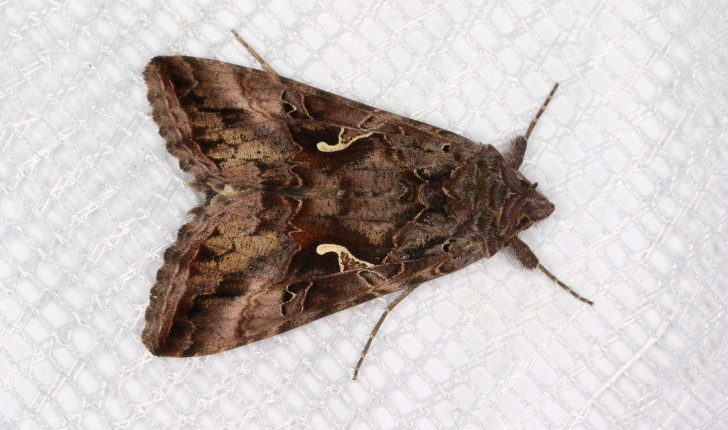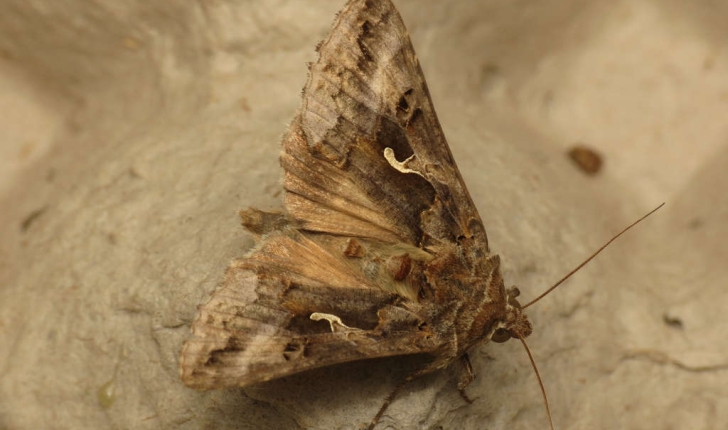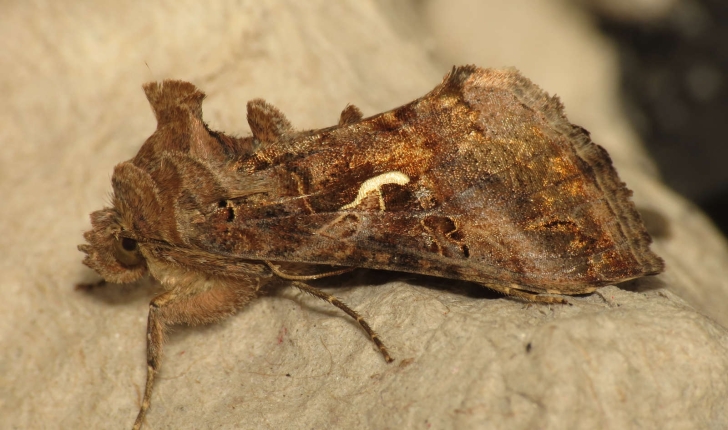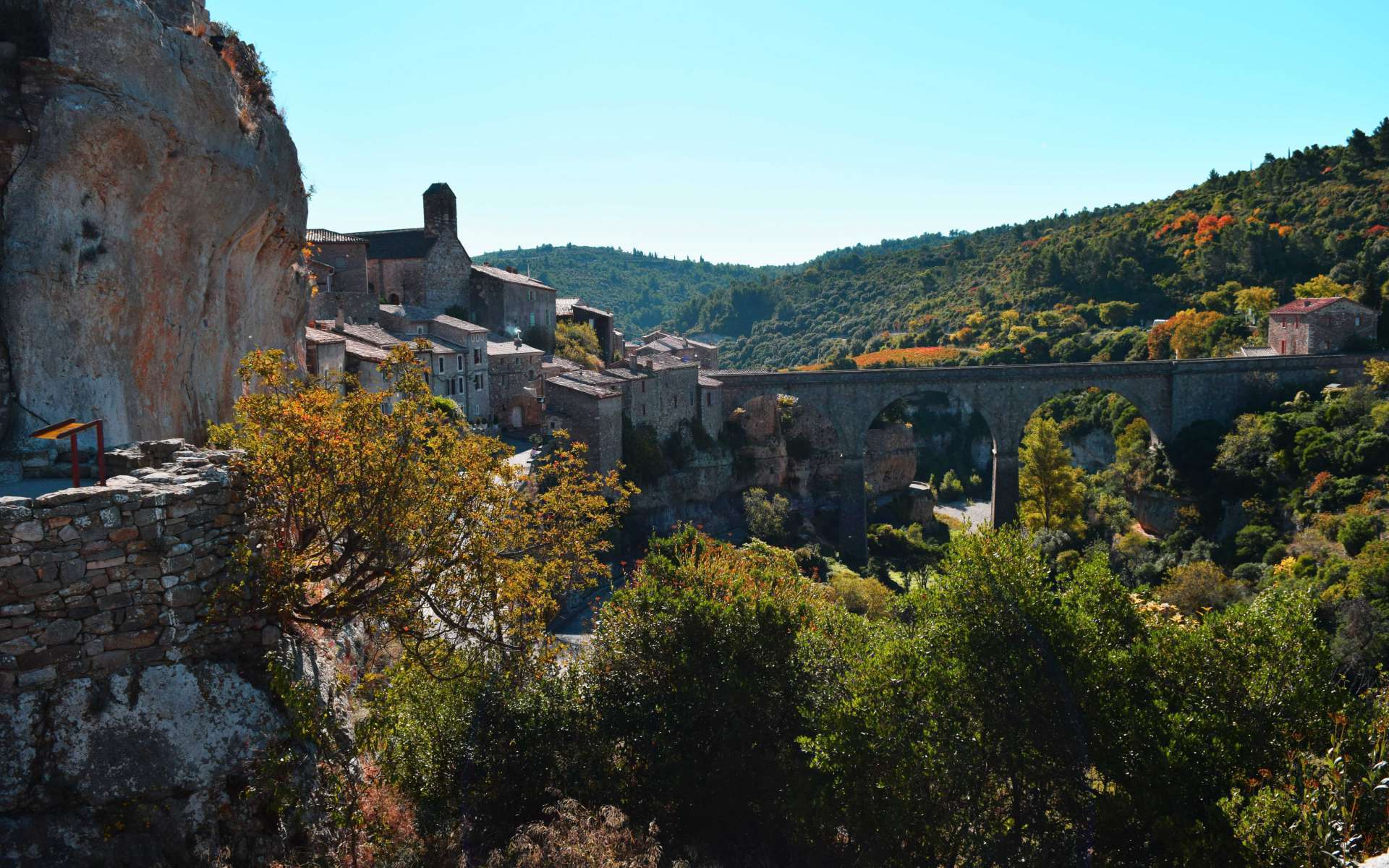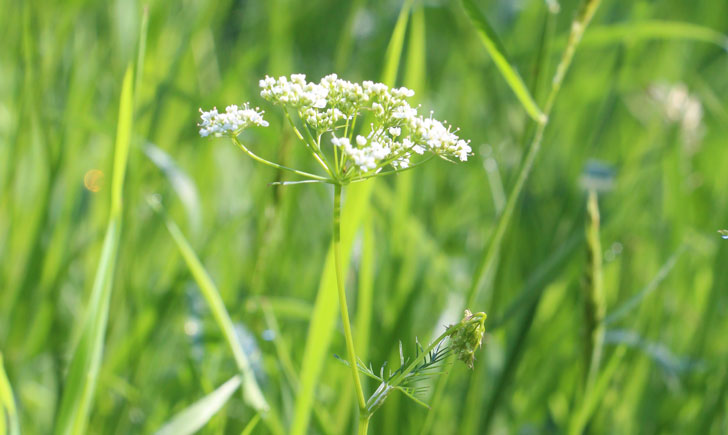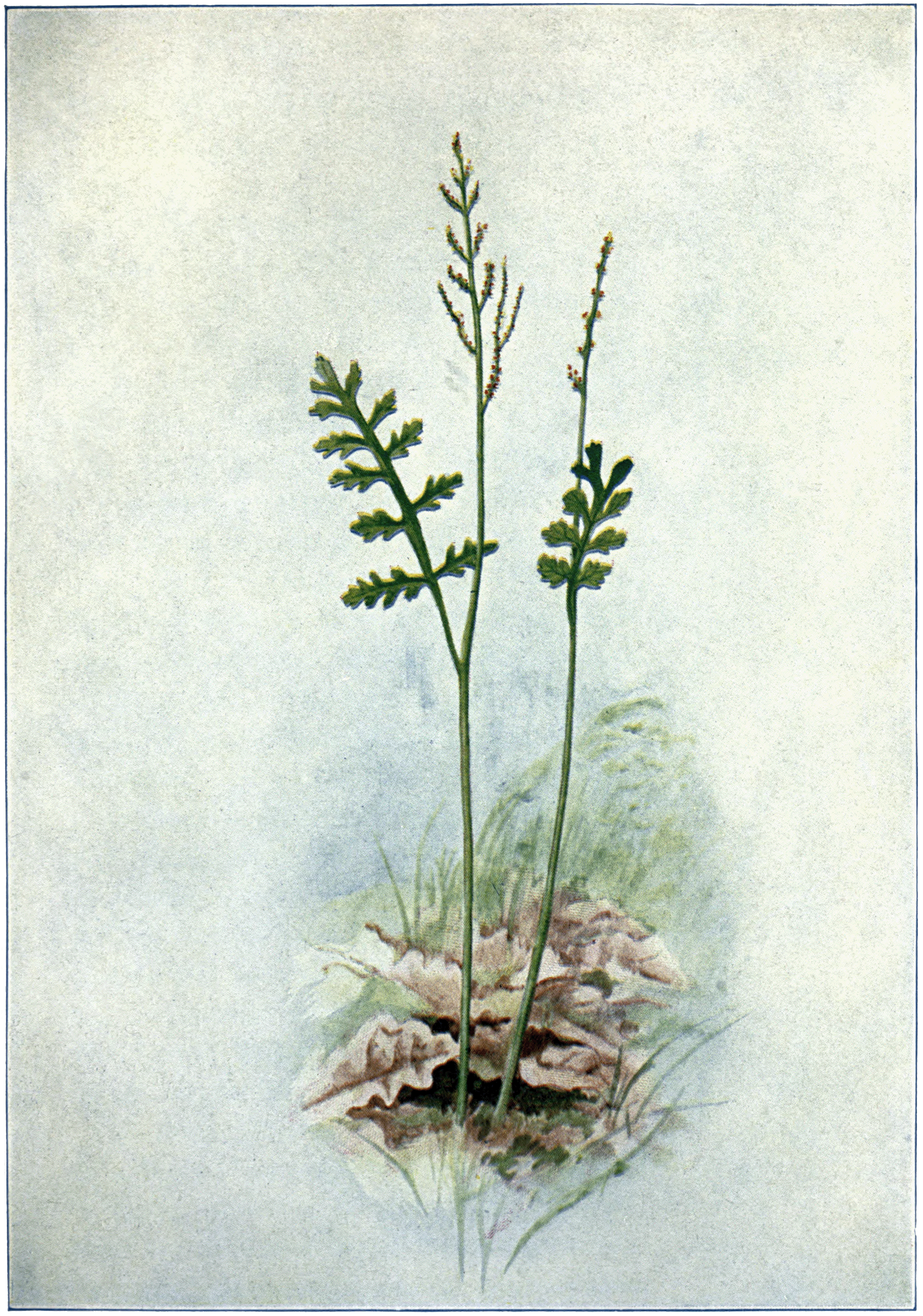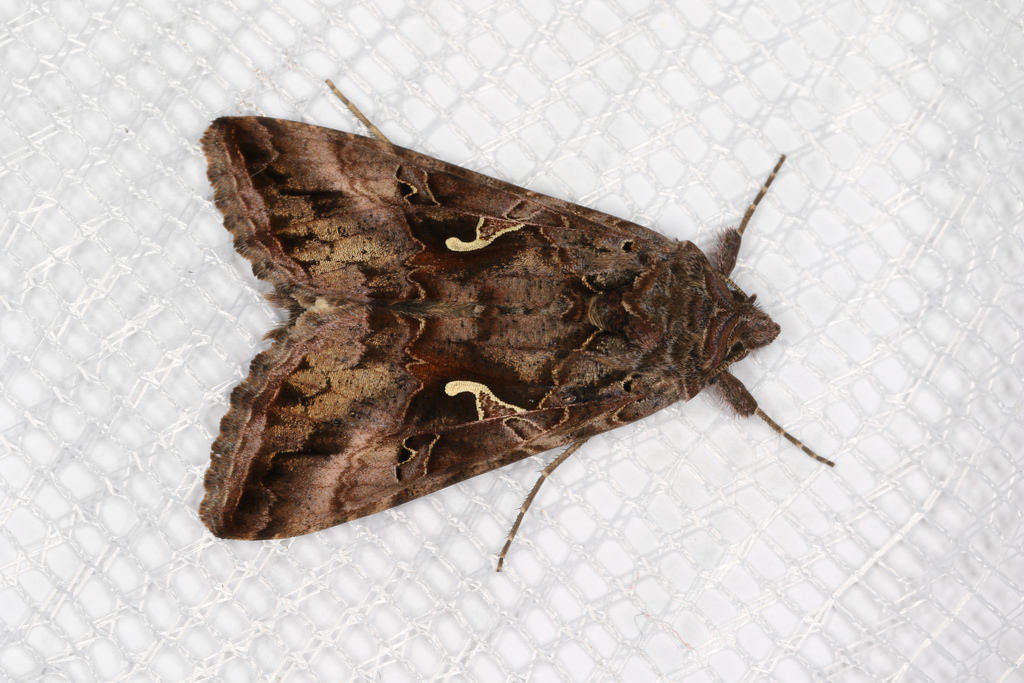
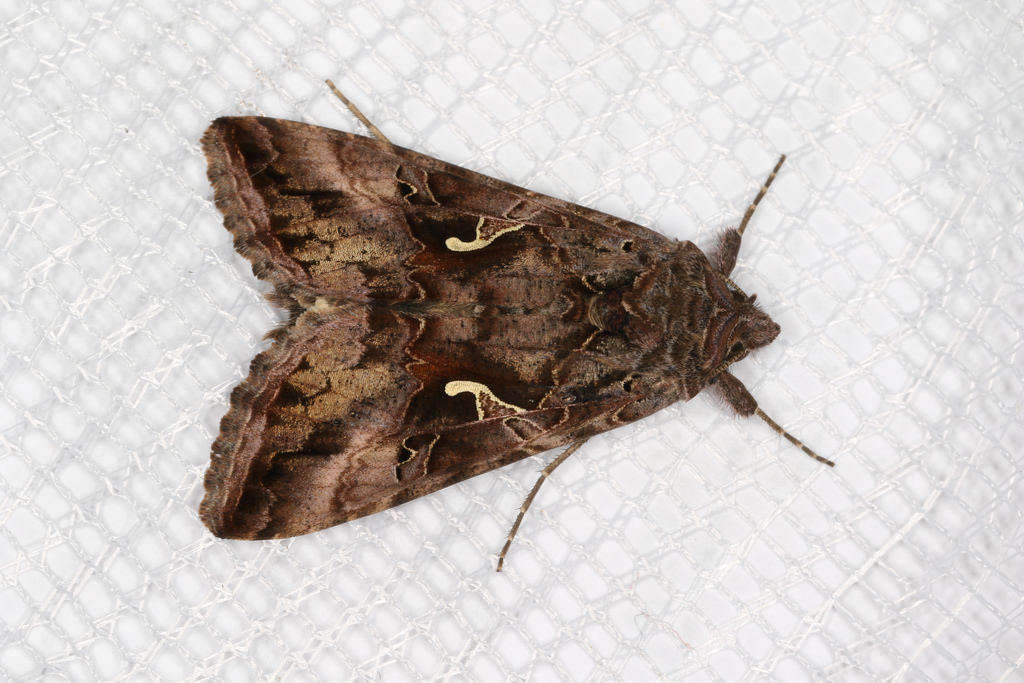
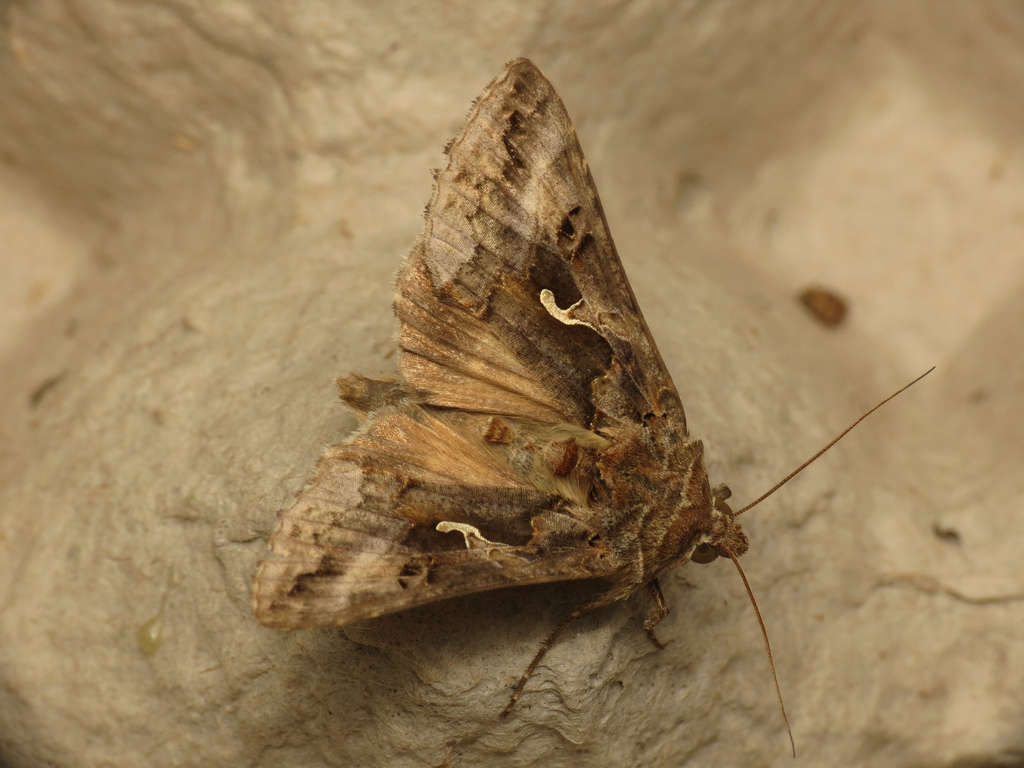
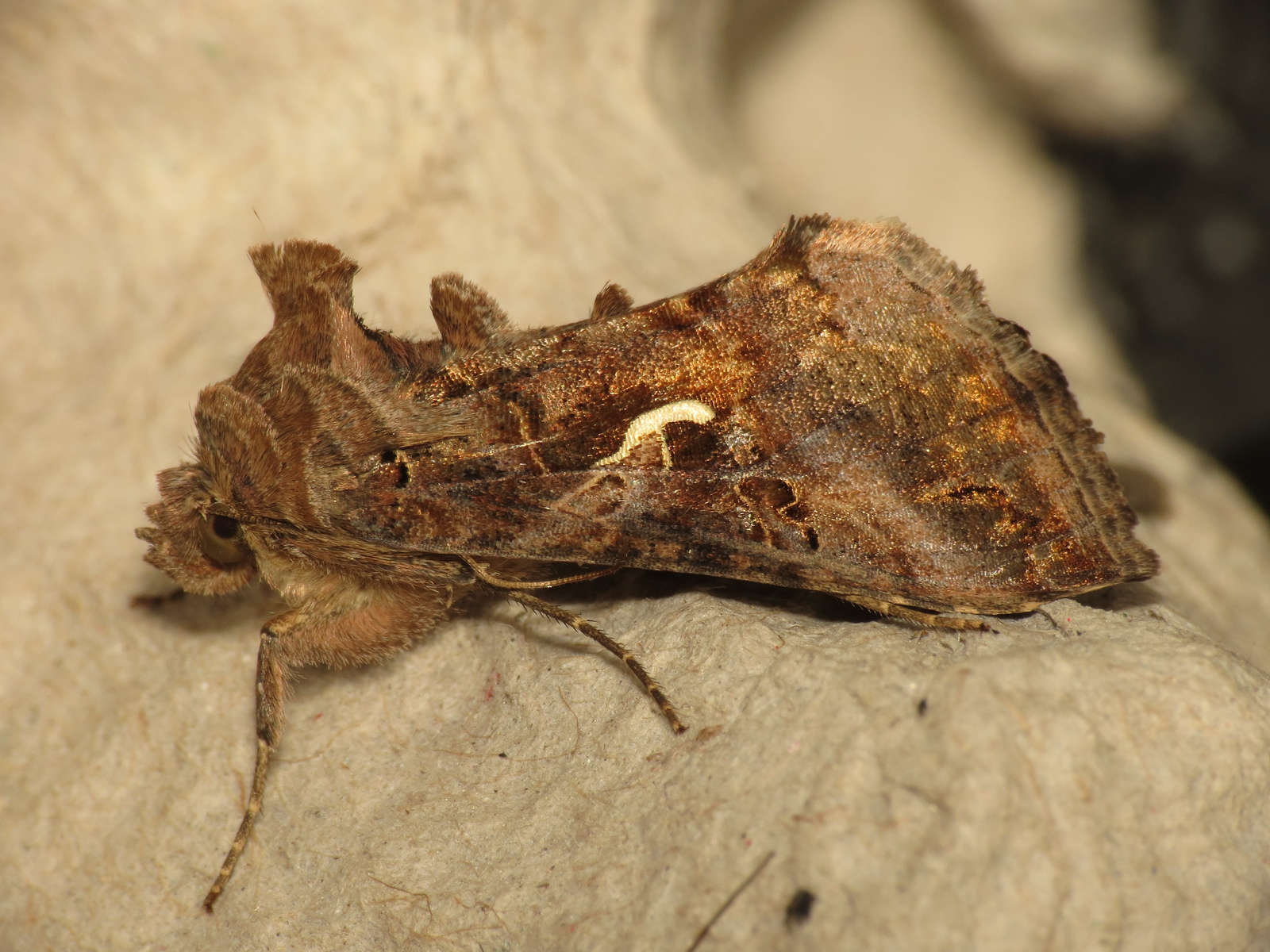
<p>Le Gamma appartient au groupe des papillons de nuit. Néamoins, comme beaucoup, il vole aussi bien de jour que de nuit. Il est très fréquent et reconnaissable à la tache blanche en forme de gamma grec qu'il porte sur l'aile avant. Bien qu'il ne mesure que 3 à 4 cm d'envergure, c'est un papillon migrateur. Il arrive chaque année du sud de l'Europe, réalise plusieurs générations au cours de la belle saison, puis retourne éventuellement dans le sud en automne.</p>



